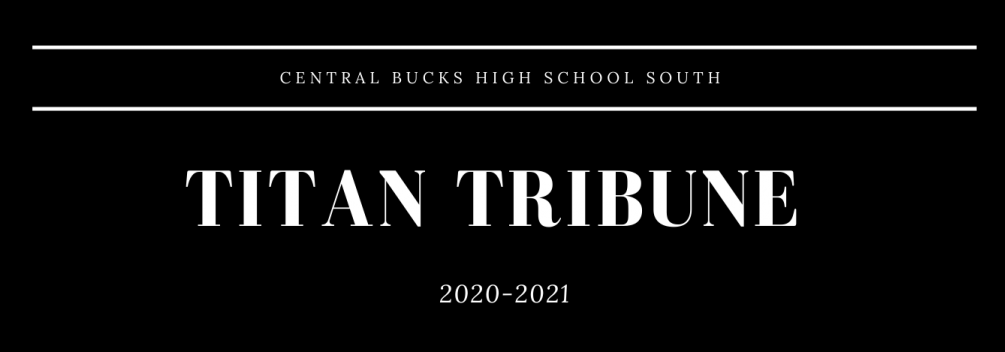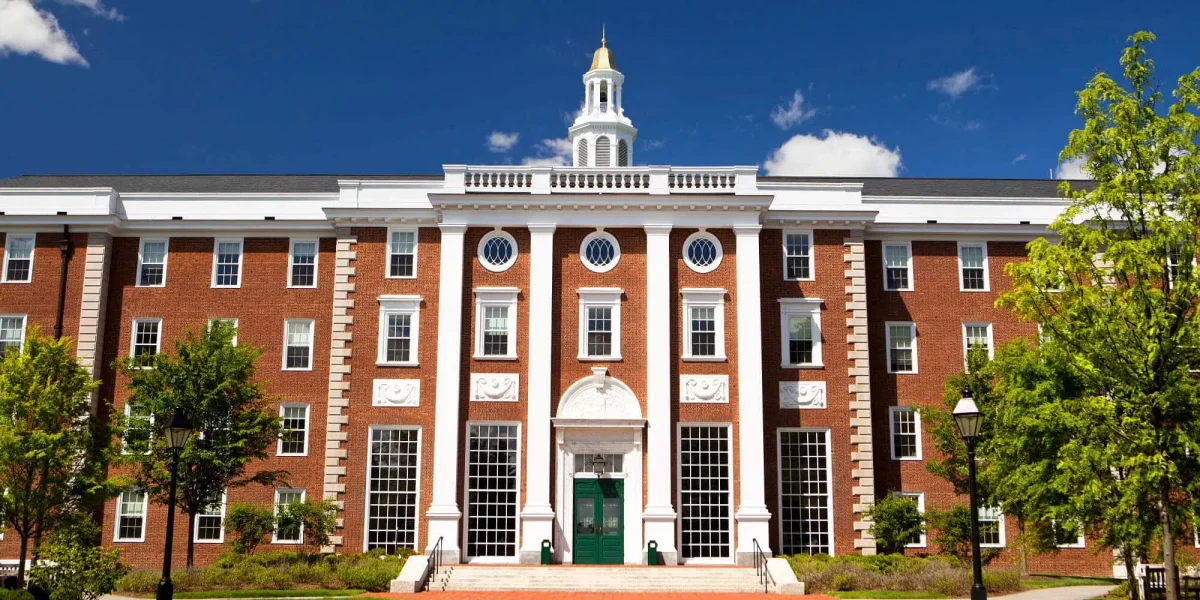About three million American teenagers graduate from high school every year. Before that happens, however, they are faced with arguably one of the most important decisions in their lives— whether they want to continue their education or leave academia to the past.
If they do choose to pursue post-secondary education, then they will join the chaotic chase of college admissions. They might tour different colleges. They might stare at a blank document while pondering on how to fit their life’s story into just 650 (sometimes 250) words. They might cross off the days on their calendar, chasing decision release day.
Then, it happens— they get into college. Maybe it is not the one they had hoped for, but they chose this, so they will attend a college, nonetheless.
Of course, it doesn’t end here. Then comes the price for their choice. Their decision on where to go will determine their financial future. It will be their first big step as an almost adult. The reason: post-secondary education, in fact, is expensive. It’s not just that tuition, but it’s also the additional costs of living and the mountain of hidden fees their college forces upon them. It shouldn’t be that way. And it doesn’t have to.
Many countries in the world offer free or at least partially free post-secondary education. This does not just mean that they offer to pay aid. It means since you were born there, your right to free education is respected to the highest standard.
In Germany, for example, there is no tuition for students that go to public university, even international ones. The application process is easy: a letter of motivation, recommendations from teachers, a resume and test scores. Students are only required to pay for housing, which, according to an article by Study in Germany, can cost €410 a month; if added up for approximately 9 months that students go to university in Germany, housing will cost €3, 690 a year. This is almost half the price for housing students spend here in the United States per
semester. Students who study there don’t have debt the moment they graduate from undergrad. To an average American, that is their dream; to an average German, however, that is their reality. It all sounds too good to be true.
Many might insinuate that since post-secondary education is free, it is not good quality. Yet, students in German public universities excel. Five German public universities are among the 100 best on USN's Best Global Universities list, and these same universities are the top five best universities in Germany. The institutions receive government funding and are still able to bring up brilliant and successful students. This proves that free post-secondary education in a wealthy democratic country like Germany or the US is possible.
Making post-secondary education free could encourage a larger number of people to pursue it. Similarly to the situation at hand, in the 20th century, few people attended and graduated from secondary education institutions. According to the Historical summary of public elementary and secondary school statistics, only 231,000 high school students graduated compared to the total high-school aged population of 2, 200,000 from 1919 to 1920. During this time period (the ‘10s to the ‘30s), there was a movement to make high school compulsory (they would have to attend school but could still drop out). It was designed to encourage more students to get their GED, and it worked! Shortly after that time, the graduation rate increased to 1,143,000 graduates against an only 6,601,000 high school aged population.
Students saw what high-schools had to offer and stayed. Similarly, if those who cannot pay for college saw how college really was, they could choose college instead. This is not to say that those who can’t afford to go to college, don’t go there. They do go to college— with debt— and for people like them, college being free could level the playing field. Those who have just enough to afford college find themselves using that money to pay for it instead of investing it in activities that can help them get into a T20.
Those who have more than enough to afford college have tutors for SAT, ACT and AP exam prep. Through these tutors, students get a high score, increasing their chances of attending Ivy Leagues along with institutions like Carnegie Mellon, UCLA, and UChicago. They pay for
extracurricular activities like dance and robotics. They partake in club sports, which can increase their chances of getting full ride offers from colleges just for playing for their team. They hire private advisors (who, some argue, do a better job than some public high school counselors) that would help them build their application, edit their essay, and predict their chances of being admitted to certain colleges. To do all of this and to pay for college can be nearly impossible for the less fortunate. In result those who are fortunate, get to have everything.
Think of it like this: a snake and an eagle are both trying to hunt down a mouse. The eagle’s vision is superb, he is fast, and his claws are sharp. The snake has extraordinary hearing, she is also fast, and her tail is strong. He spots the mouse before she does, flies down, and sinks in his claws. He captures it because unlike the mouse he has the power of flight. He captures it because he sees everything.
Everyone’s starting line is different. The goal of free post-secondary education is to reduce dissimilarities in everyone’s starting line. The goal is to get all to the finish line at the same time.
Many still argue that free post-secondary education isn’t necessary. They say that the United States government helps us pay off tuition. Aren’t there FAFSA forms that every high school senior that will be attending fills out? Aren’t there articles all over the internet about the Supreme Court and federal aid? Both are true. However, the aid given to students is not enough to pay off college and not everyone receives this aid. Only 87% of undergraduate students received student aid according to Financial Aid Statistics: Average Financial Aid Packages, Federal Student Loans, and More by Save For College. Adding on to that, the average student aid given to students from 2022 to 2023 was $15,480, the average grant amount going up to $10,320, and only $3,860 for loans. If a student wants to get into a top 100 college in the US (which most do), they should be ready to pay anywhere from $14,340 (in-state) to $50,757 (out-of-state).
The in-state seems low enough to pay off with just the federal aid, but it is also important to note that most FAFSA aid is estimated based off your income. Additionally, the in-state tuition option is mostly offered to public state schools and most private schools regardless of your residence will make you pay the same tuition. Given the hundreds of universities in the United States, only a few of them are in-state, only a few of them offer tuition that has a low enough tag to be affordable to everyone.
Present day, the United States president and the party that controls majority of Congress are not even adamant on keeping FAFSA as an option for those wanting to pursue a degree. Recently, President Trump has told the Associated Press that “the experiment of controlling American education through federal programs and dollars … has plainly failed our children, our teachers, and our families”, shortly after signing an executive order to dismantle the Department of Education. The Department of Education is responsible for setting standards (both financial and dogmatic) for all educational institutions in the US. With it getting dismantled, the future of post-secondary education is unpredictable.



